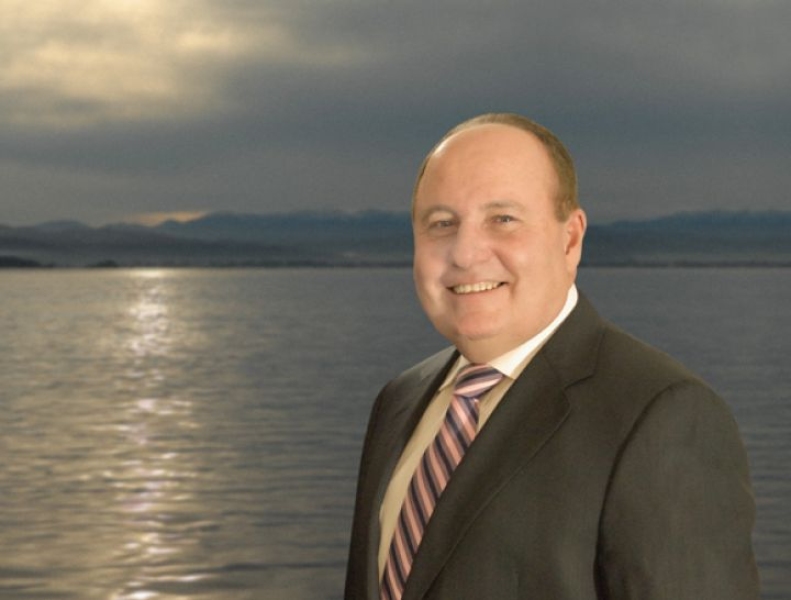Billions of dollars in mineral wealth may lie untapped beneath our seabed. But how do we explore it without harming the priceless biodiversity living there?
In this edition of Water & Atmosphere, our cover story looks at seabed mining. It’s an issue of national importance, and highlights the role of good science in a world of competing environmental and economic interests.
When values collide
Editorial
Seabed mining, like so many resource controversies, is debated by many voices with many values, but is based on patchy information, relying on decades-old assessments. Many more discoveries await, but new technologies must be tested, and questions answered about the ecological impacts of mining.
Filling in those blanks is the vital role of science. I’ve worked in science organisations for well over two decades, and I’ve yet to meet a leader who does not sincerely believe in robust, evidence-based policy and business decisions. XXX But then the real world kicks in. Our teams face tight deadlines and limited funds, and sometimes we struggle even to access the existing knowledge, let alone commission new research.
Last November, Science and Innovation Minister Wayne Mapp released a Statement of Core Purpose for each of New Zealand’s eight Crown Research Institutes. Those statements spell out why the government owns CRIs, and what it expects from them. In NIWA’s case, it formally recognises our role “to enhance the economic value and sustainable management of New Zealand’s aquatic resources and environments, to provide understanding of climate and the atmosphere and increase resilience to weather and climate hazards to improve the safety and wellbeing of New Zealanders.” In other words, CRIs are expected to deliver real benefit to New Zealand in return for the public’s investment in science. That implies working closely with government and business leaders to provide the evidence base they need; we must clearly communicate what we know, and what we don’t know. The Land and Water Forum exemplifies that approach. In September, the Forum released its report, A Fresh Start for Fresh Water – the result of more than a year of dialogue between primary industry, electricity generation, tourism, environmental and recreational interest groups, and iwi. NIWA’s Chief Scientist Freshwater, Dr Clive Howard- Williams, and his team spent many hours behind the scenes with Forum members, helping them understand what drives the amount and quality of freshwater around New Zealand. We were proud that NIWA scientists were able to provide a solid evidence base upon which Forum members, with their widely different perspectives, could debate the issues. I’m particularly pleased to see the Forum’s statement that “freshwater science and knowledge (including Matauranga Maori) is an essential part of governance”. Long-term investment in science works. Our story about the near-eradication of the appalling water weed, hydrilla (see Solutions, opposite), is one example. Scientists and government agencies doggedly plugged away against hydrilla for more than 30 years, scoring incremental wins that added up to success.
There’s much more great science and great reading in this issue of Water & Atmosphere, from air quality to earthquakes, from majestic subantarctic birds to an astonishingly ugly creature which can liquefy its body to escape predators. We look at how Samoa is adapting to climate change, and we highlight the disappearance of seagrass meadows – vital fish habitat vanishing faster than tropical forests. We hope you find this issue of Water & Atmosphere enlightening and absorbing.
John Morgan
Chief Executive

